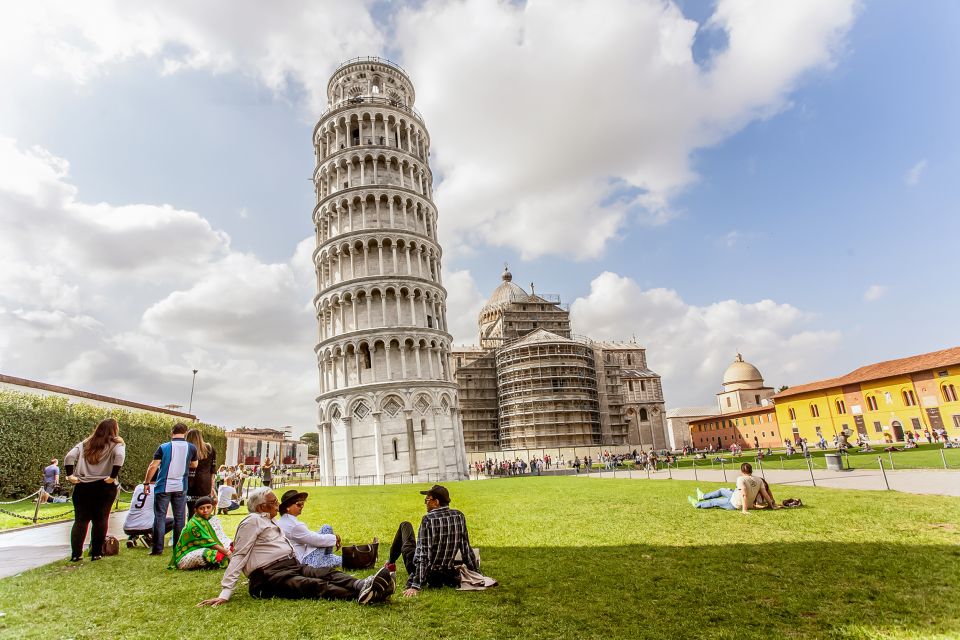Pisa Tower Facts

Introduction: The Leaning Tower of Pisa stands as an iconic testament to human engineering and architectural marvel. Its distinctive tilt has made it a global symbol of both beauty and structural peculiarity. In this comprehensive guide, we delve into the rich history, intriguing facts, and cultural significance of this remarkable Italian landmark.
- Historical Overview of the Leaning Tower of Pisa: The Leaning Tower of Pisa, originally intended as a freestanding bell tower for Pisa’s cathedral, commenced construction in the 12th century. Its renowned lean, noticeable from the outset of its construction in 1173, resulted from the soft ground giving way under its foundations. Architects Bonanno Pisano and Gherardo di Gherardo played significant roles in its design and construction.
- Architectural Features and Design: Standing at approximately 56 meters in height, the tower boasts eight stories and is primarily made of white marble. Its distinctive lean, currently at an angle of about 3.97 degrees, is a result of the initial tilting foundation. Ingenious design adaptations were implemented during its construction to counteract the lean, contributing to its stability.
- Interesting Facts and Anecdotes:
- Galileo Galilei is believed to have conducted his gravity experiments from the top of the tower, utilizing its height and lean for his scientific inquiries.
- During World War II, the tower served as a lookout post for German troops, potentially saving it from bombing raids.
- The tower’s lean has increased and decreased over time due to various efforts to prevent its collapse, including soil removal and counterweights.
- Restoration Efforts: Extensive restoration projects, including soil removal and the installation of counterweights, were undertaken in the late 20th and early 21st centuries to stabilize the tower and prevent further leaning. These efforts successfully reduced the tilt and ensured the tower’s safety for future generations.
- Tourism and Cultural Impact: The Leaning Tower of Pisa has become a global tourist magnet, drawing millions of visitors annually. Its popularity contributes significantly to Pisa’s tourism industry and serves as a symbol of Italian artistry and architectural ingenuity. The surrounding Piazza dei Miracoli, or Square of Miracles, also hosts other magnificent structures, enhancing the cultural significance of the site.
- Conclusion: The Leaning Tower of Pisa remains an enduring symbol of human endeavor and resilience, captivating visitors with its lean and historical allure. Its blend of architectural brilliance and intriguing lean continues to fascinate and inspire visitors from around the world, making it a must-visit destination for anyone exploring Italy’s rich cultural heritage.
